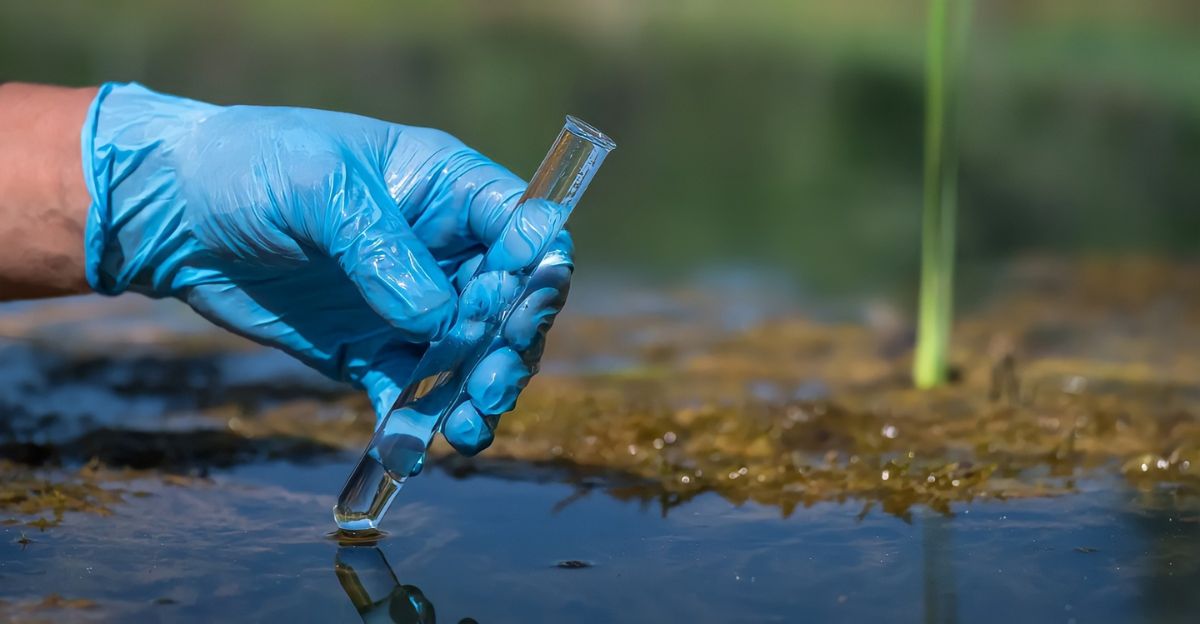
Many believe that iconic national parks are untouchable havens of pure wilderness, safe from human impact. But recent discoveries show this isn’t entirely true.
Two high school students, exploring a remote corner of one such park, uncovered alarming evidence that even these protected places face serious threats. Their findings have left scientists shaken, one veteran researcher admitted she “cried three times” when learning about the data.
In fact, similar samples are now turning up across other parklands, suggesting this may be just the beginning. What exactly did they find, and what does it mean for the places we trust to be safe and sacred?
A Hidden Threat Creeping Into Protected Lands
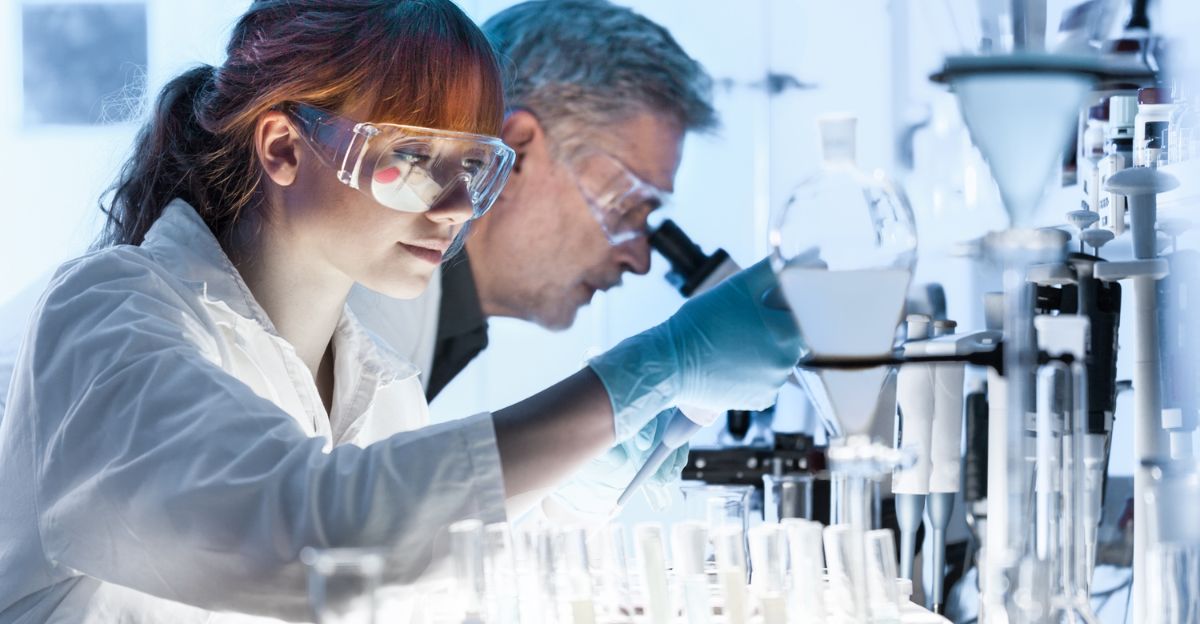
The students’ findings aren’t just a once-off, they’re part of a growing crisis. Across America’s 63 national parks and 429 protected areas, invisible pollutants are slipping past boundaries once thought impenetrable. Researchers estimate that 1,000 to 4,000 tons of pollutants, equal to up to 400 million plastic water bottles, have contaminated wilderness regions in the western U.S. alone.
This silent invasion suggests that no landscape, however remote, is truly untouched. What’s happening in Grand Teton is likely happening elsewhere, raising urgent questions about how we safeguard these iconic spaces moving forward.
National Parks: Where Kids Learn About Nature—and Protect It
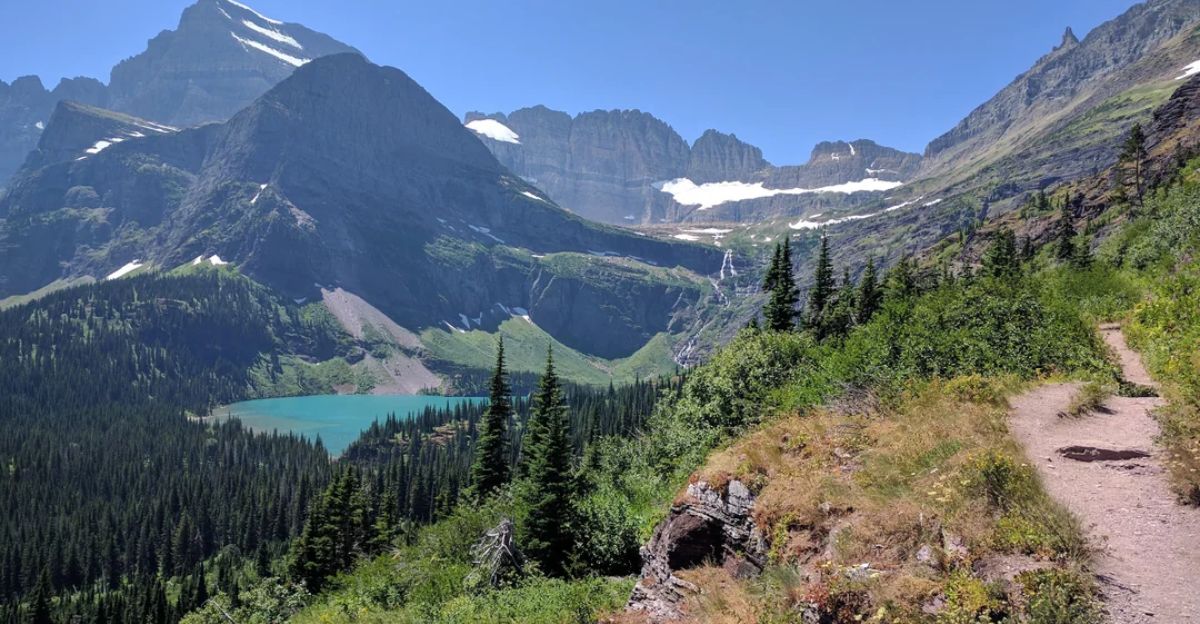
For generations, national parks have doubled as living classrooms, giving millions of students first-hand access to geology, biology, and conservation. Since 2011, more than two million children have explored these natural wonders through structured education programs. These experiences inspire a lifelong connection to the environment.
As one National Park Foundation initiative puts it, “The Youth Engagement & Education programs help us ensure the parks have just as big of an impact on the next generation.” That mission is becoming even more urgent in light of the challenges today’s young park-goers are uncovering.
Teens Are Now Filling Gaps in Environmental Science
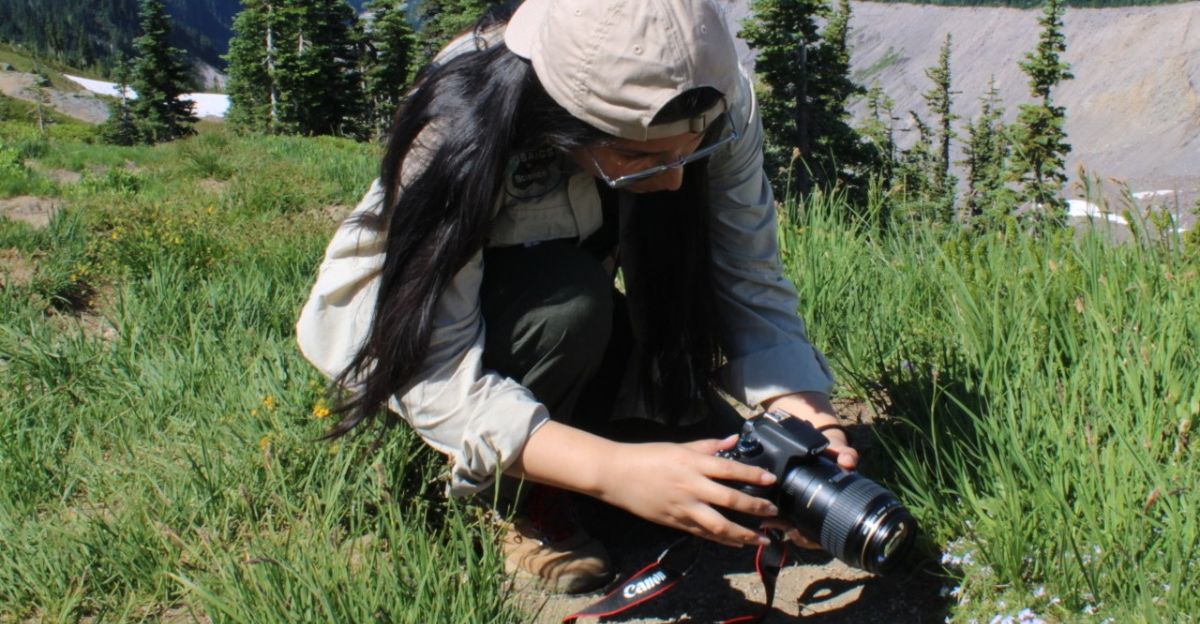
Thanks to more accessible technology, young people are stepping into roles once reserved for professional scientists. Today’s citizen science efforts allow high schoolers to conduct fieldwork that uncovers what official monitoring sometimes misses.
The National Park Service doesn’t routinely test for all modern contaminants, especially in remote waters. This leaves gaps that teen researchers are now helping to fill. Their hands-on investigations are revealing overlooked threats, offering data that complements official studies and giving rise to a new generation of park stewards unafraid to ask hard questions.
The Shocking Discovery Made By Two High School Students
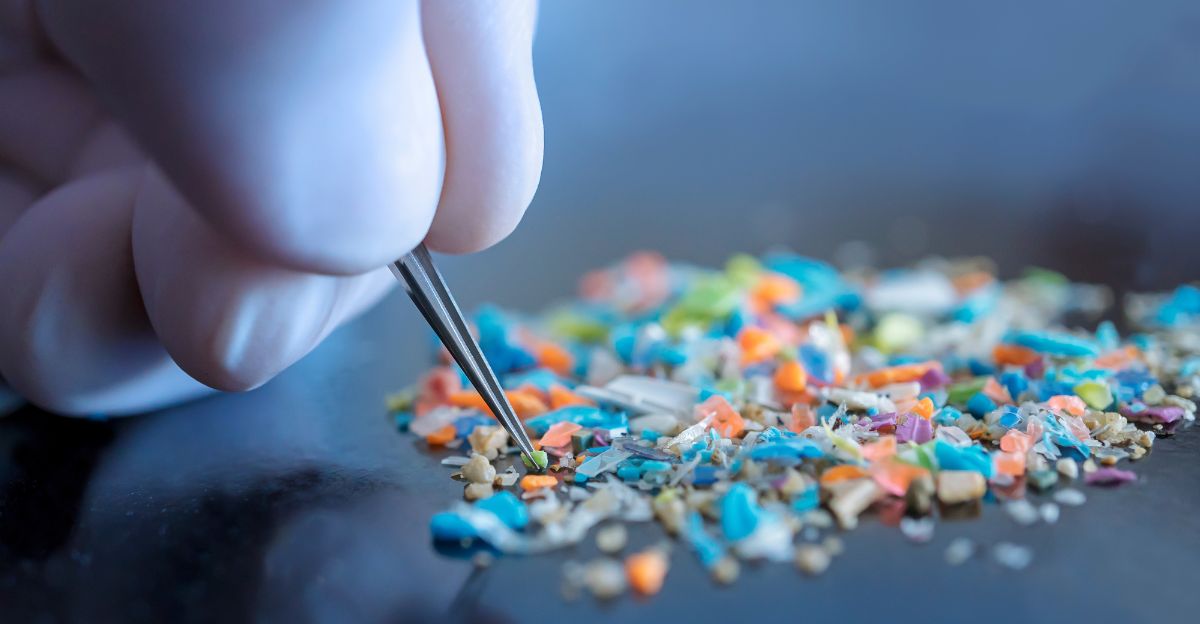
During their fieldwork in Grand Teton National Park, two San Francisco Bay Area students detected microplastics in two remote lakes. Using a pump, microscope, and spectrometer, they sampled eight lakes total.
The results were shocking: polystyrene in Lake Solitude, and polyethylene in Two Ocean Lake. Utah State University biogeochemist Janine Brahney wasn’t shocked. “I don’t think you could sample anything and not find plastics anymore,” she said. “The rate at which we’re producing this waste is fast outweighing our ability to control it.” Even the most isolated waters are no longer safe from plastic.
Why Some Lakes Had No Plastics at All
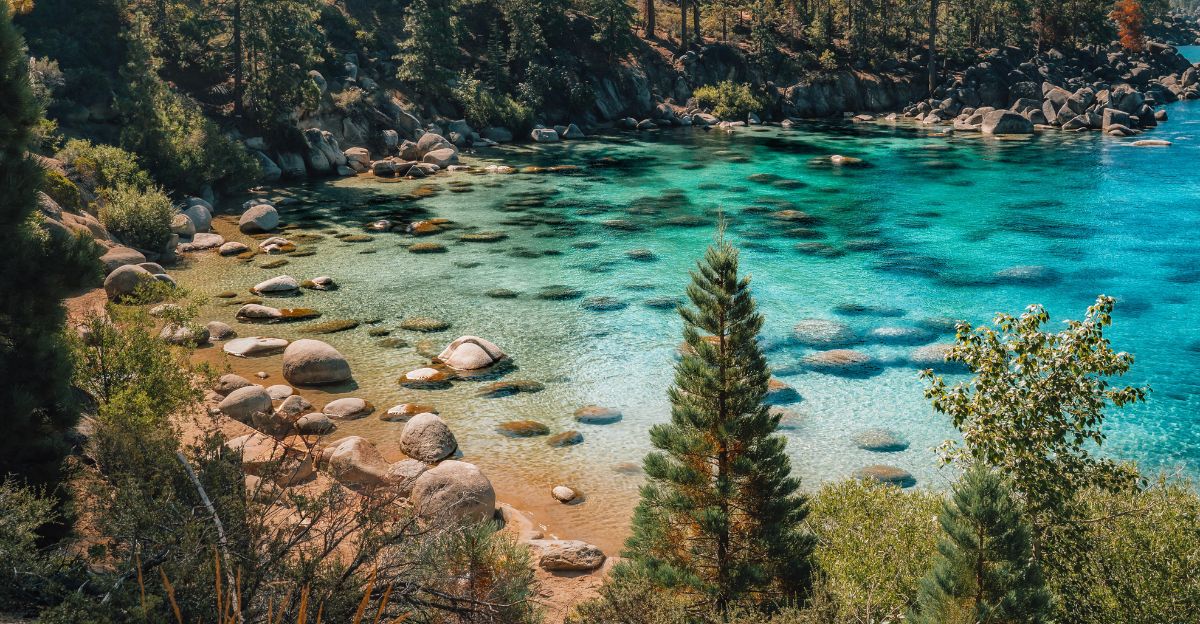
Strangely, six of the eight lakes sampled, Jackson, Jenny, Taggart, Marion, Amphitheater, and Delta, contained no detectable microplastics. The uneven results confused the students, who’d expected consistent contamination based on prior research in Lake Tahoe.
Scientists believe the pollutants may be carried by wind, rainfall, or from human activity near ski resorts. That some high-altitude lakes remain clear while others aren’t reveals a troubling truth: even locations accessible only via strenuous hikes can’t escape the global reach of plastic pollution. What protects one body of water might fail another, often without clear reason.
Teens on the Frontlines of Environmental Research
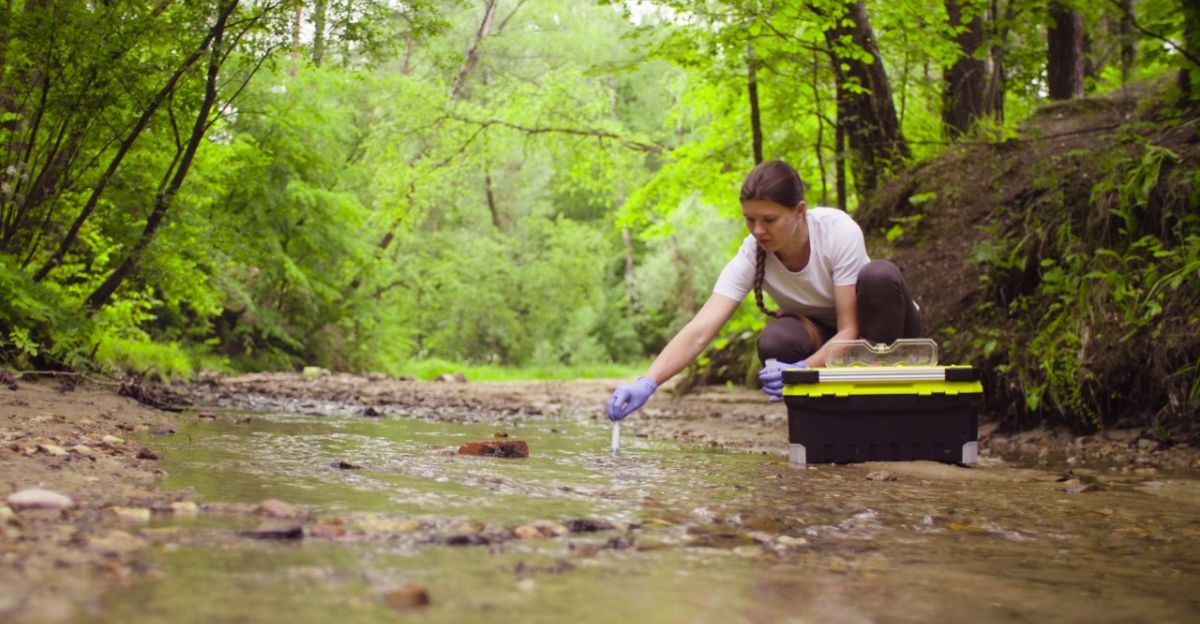
The teenage researchers showed remarkable commitment, carrying specialized gear deep into rugged backcountry to collect 40-50 liters of water from each lake. Their work highlights a rising wave of youth engagement in national park stewardship.
The National Park Service notes that “teens ages 14 to 18” can “earn Student Service Learning hours, volunteer, join education programs, and develop skills through paid internships.” These students embody how young people can evolve from visitors to active scientists, facing environmental challenges that many adults often choose to overlook.
Scientists Are Seeing a Pattern, and It’s Not Good
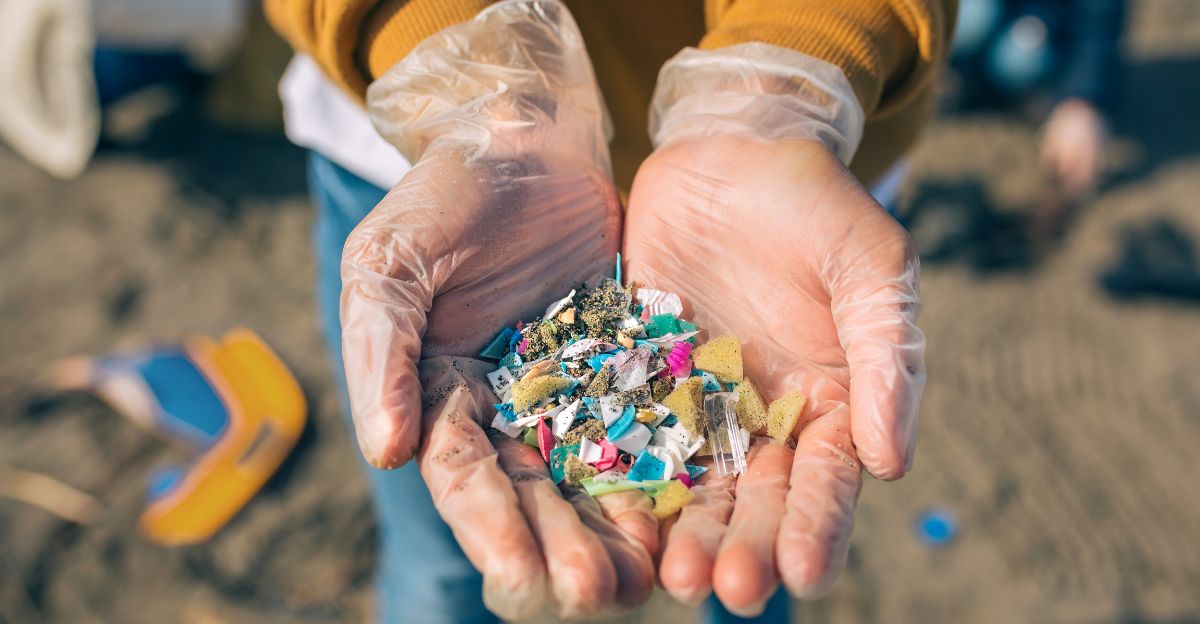
The students’ results echo a troubling trend confirmed by professionals. In 2020, Janine Brahney published a study showing plastic particles scattered across western U.S. wilderness areas. “I gave a talk recently and I cried three times,” she revealed, capturing the emotional weight scientists feel watching once-pristine environments deteriorate.
Microplastics are more than a cleanliness issue, they carry health risks for wildlife and humans alike. As plastics break down, they enter the food chain, posing threats to organs, immune systems, and entire ecosystems. And now, we know they’re present even at Earth’s quietest edges.
The Microplastics Already in Your Body
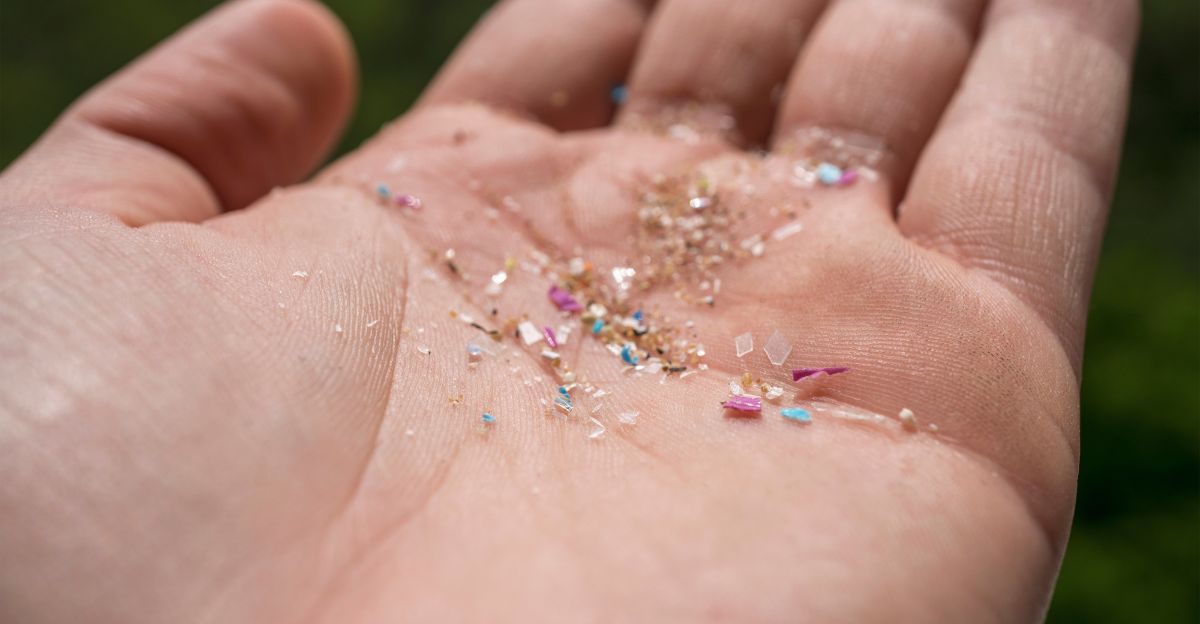
Tiny plastic particles are now found in our food, water, air, and our bodies. As plastics break down, they can damage human cells, impair immunity, and have been linked to liver issues and reduced blood flow to the brain. They’ve even shown up in human semen.
The contamination found in Grand Teton’s isolated lakes connects directly to our everyday habits: every plastic container, wrapper, or fiber has the potential to end up somewhere it shouldn’t. Our reliance on plastic isn’t just an environmental concern, it’s a personal one, with lasting consequences.
Can We Still Protect What Was Meant to Be Untouched?
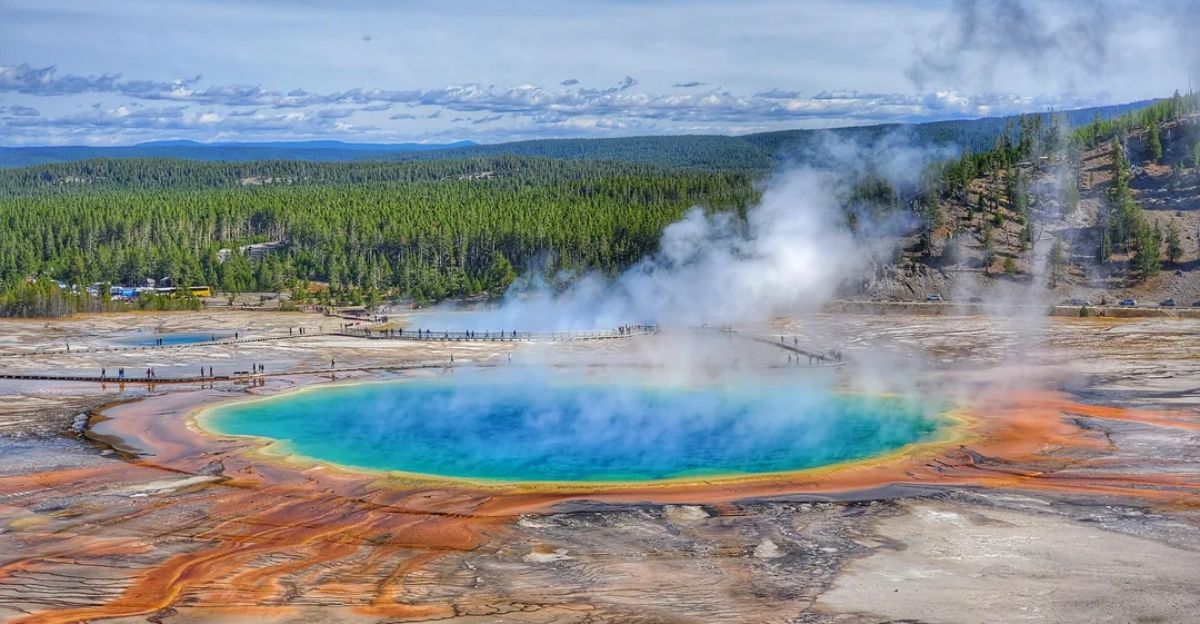
The students’ discovery forces a difficult reckoning: traditional park protections—focused on poaching, development, or erosion, don’t address the invisible pollutants now permeating our most sacred natural spaces. Even vast stretches like Yellowstone’s 2.2 million acres or Olympic’s lush rainforests aren’t immune.
The National Park Service must now adapt, developing tools and policies that address airborne and waterborne contaminants. And society must face a deeper question: how do we truly protect nature when our plastic footprint reaches even the farthest corners of it?
Explore more of our trending stories and hit Follow to keep them coming to your feed!

Don’t miss out on more stories like this! Hit the Follow button at the top of this article to stay updated with the latest news. Share your thoughts in the comments—we’d love to hear from you!







